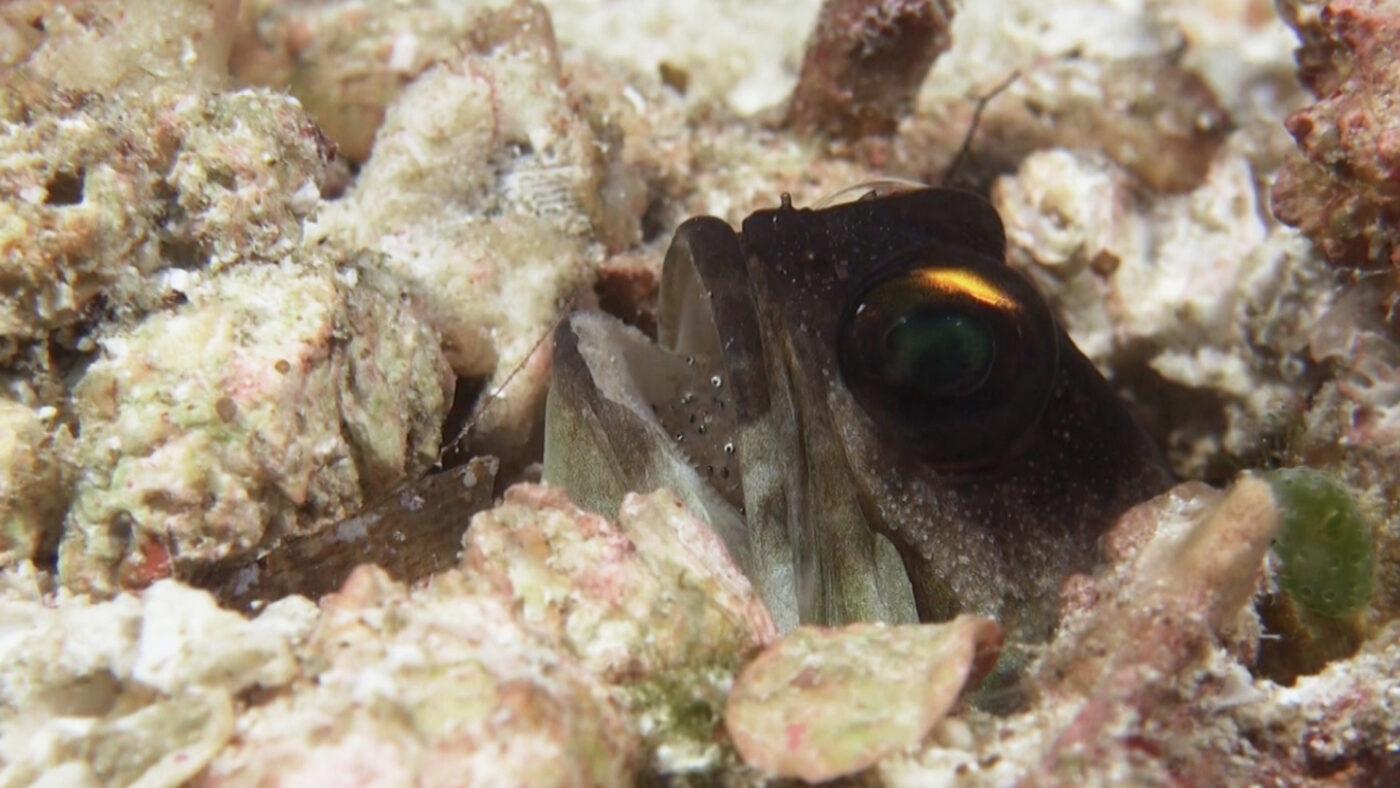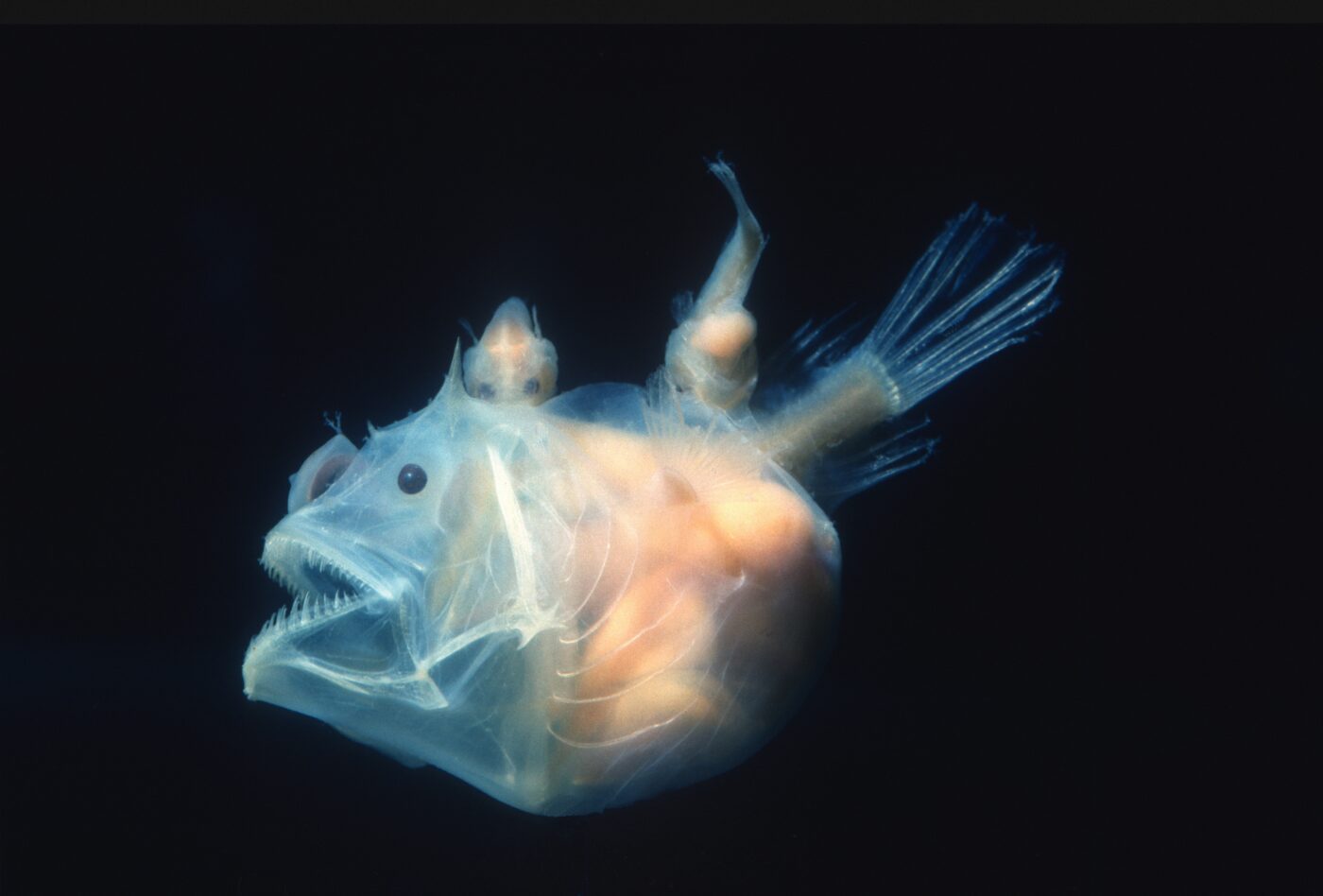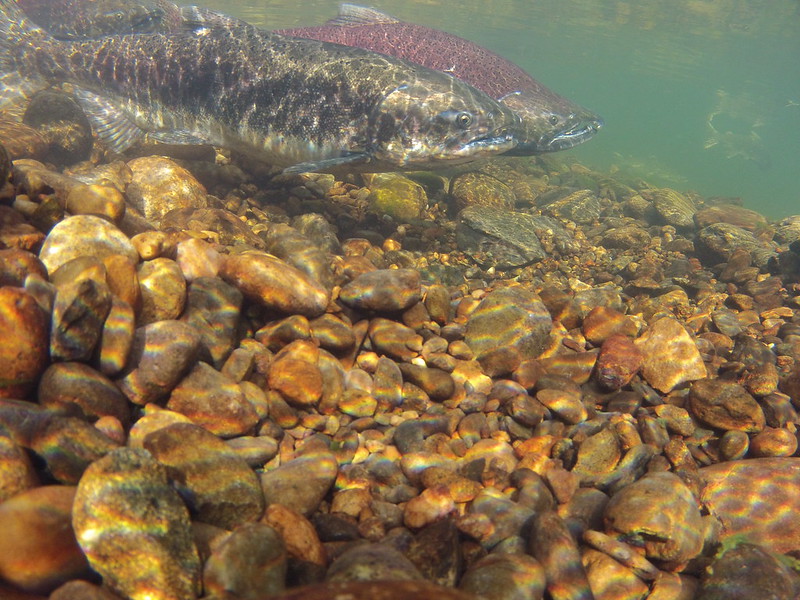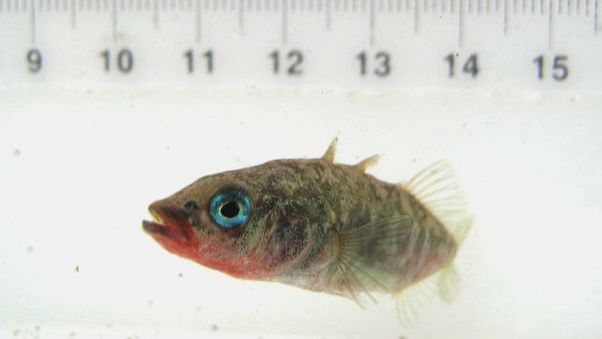Monday September 29, 2025

Like humans, fish must develop before reaching sexual maturity; though, the rate this happens varies between species and is often dictated by a fish’s lifespan and growth rate. Turquoise killifish only live between four and six months in their natural environment, reaching maturity around three weeks old, and male dwarf perch can reproduce immediately upon birth! On the other hand, the Greenland shark, which can potentially live up to 500 years, is thought to reach maturity after its first century of life.
Upon reaching maturity, most fish reproduce multiple times (defined as iteroparity) in their lifetime, while a few, like Pacific salmon, eels, and lamprey, only reproduce once (semelparity). Semelparous fish, quite literally, put all their eggs in one basket – investing all their energy into the quality and quantity of offspring produced in a single event, hoping this concerted effort coincides with a fitting partner and opportune conditions for offspring survival. Iteroparous fish, comparatively, increase the odds that at least one spawning event happens with a fertile partner in conducive conditions for their offspring. In one strange pairing, males of some anglerfish species maximize their odds of becoming a father by fusing with a female, becoming a parasite, completely reliant on the female for life, providing a constant supply of sperm so the female can reproduce indefinitely.

Not only do fish invest energy in spawning, but they also navigate long distances and risk the passage of natural barriers to carry out the deed. The European eel travels up to 6,200 miles from European rivers to the Sargasso Sea to spawn. Even more impressive, they make this migration while fasting, using all their energy stores to complete the journey. Beyond distance, ‘o’opu nopili scale waterfalls, California grunion swim onto land during lunar cycles following high tides (and snack on other spawning grunion’s eggs while they’re at it), and splash tetras jump out of the water onto leaves to reproduce, all to ensure the highest chance of their offspring’s survival.
For many fishes, their work is done when they reach their spawning location and reproduce; for others, their work is just beginning. Nonguarding fish do not provide parental care to their offspring. They can be open-substrate spawners, releasing their eggs into the environment, or brood hiders that hide their eggs. Open-substrate spawners can be water-column (pelagic) or bottom (benthic) spawners. Water-column spawners spawn in the open so their eggs and young are swept up and dispersed by the current. Bottom spawners lay or stick their eggs to the substrate below. Brood hiders, like most salmonid species, leave their eggs in nests, redds, or piles of substrate they build to provide protection for their young, but do not continue parental care once they’ve hatched.

Guarders invest time and energy in caring for young after spawning. Nest spawners create nests, defending embryos after hatching. Parental care is often carried out by males (except in cichlids) that fight off predators, clear dead embryos and debris, and fan fresh water across the eggs. This care period can range from hatch-time to several months later, when young leave the nest. Antarctic plunderfish guard their young for over four months. Outside of nest guarding, mouthbrooders like some cichlids, gourami, and arapaima carry young in their mouths to provide protection. Male nurseryfish even carry incubating eggs on a specialized structure on their foreheads. These parental strategies often mean reduced food intake and increased energy demand for the caretaker, though the tradeoff is healthier, more-likely-to-survive offspring. Beyond parental protection, some cichlids in Lake Tanganyika evolved ‘helper’ behaviors. These individuals stay in nests to care for siblings in subsequent broods, gaining protection from the greater family structure. However, helpers do not reproduce while living with their parents, suggesting this behavior is altruistic.

Certain fish use nefarious strategies to exploit the efforts of others for their own reproductive gain. Some male sticklebacks with confidence issues sneak into a neighbor’s nest, spawn, and steal the eggs to increase their appeal to females. The cuckoo catfish lays its eggs in a female cichlid’s nest who cares for the eggs until the cuckoo catfish’s eggs hatch and eat the slower-to-develop cichlid larvae. While forced parasitism and forehead incubation chambers sound like science fiction movie plots, they are just a few of the unique approaches fish use to balance the tradeoff between parental energy use and offspring survival.
This Fish Report is part of the ongoing Fish Physiology Series, where we highlight some of the important physiological characteristics that enable fish to survive, persist, and thrive in aquatic environments on an ever-changing planet. Subscribe to the Fish Report and follow these posts to learn more about fish physiology!
Header Image Caption: A yellowbarred jawfish (Opistognathus randalli) carrying eggs in its mouth.
